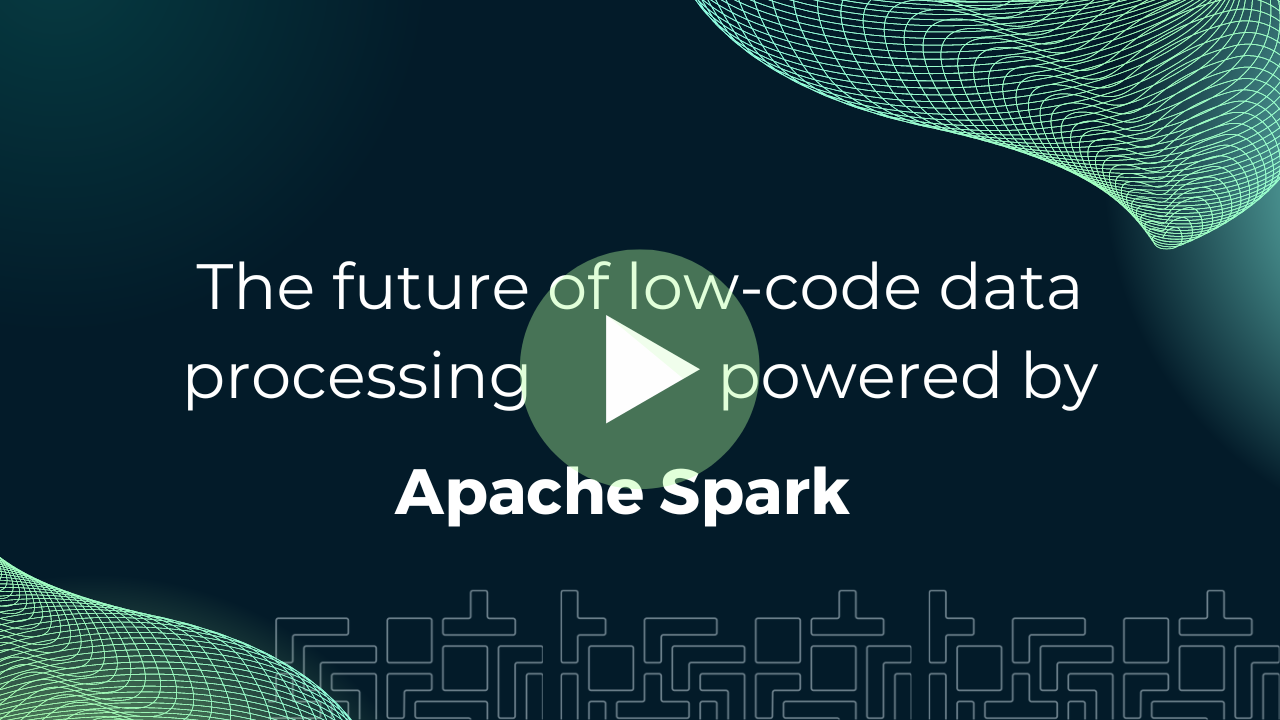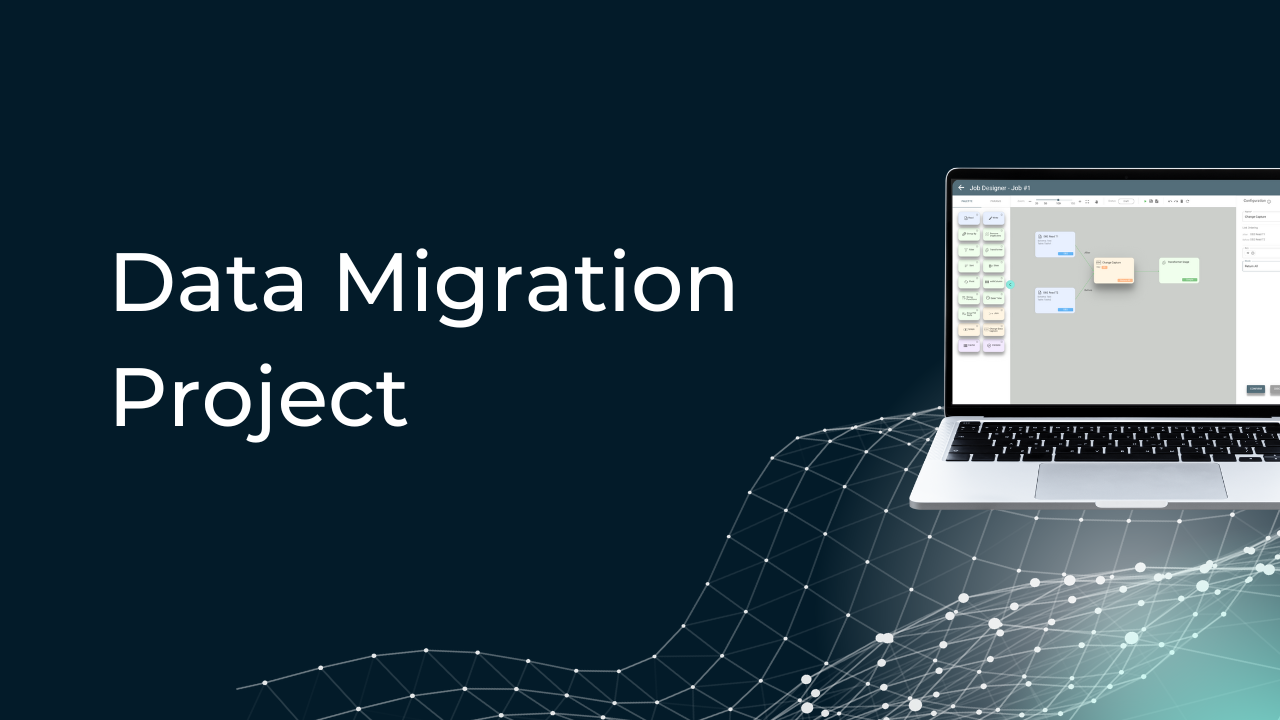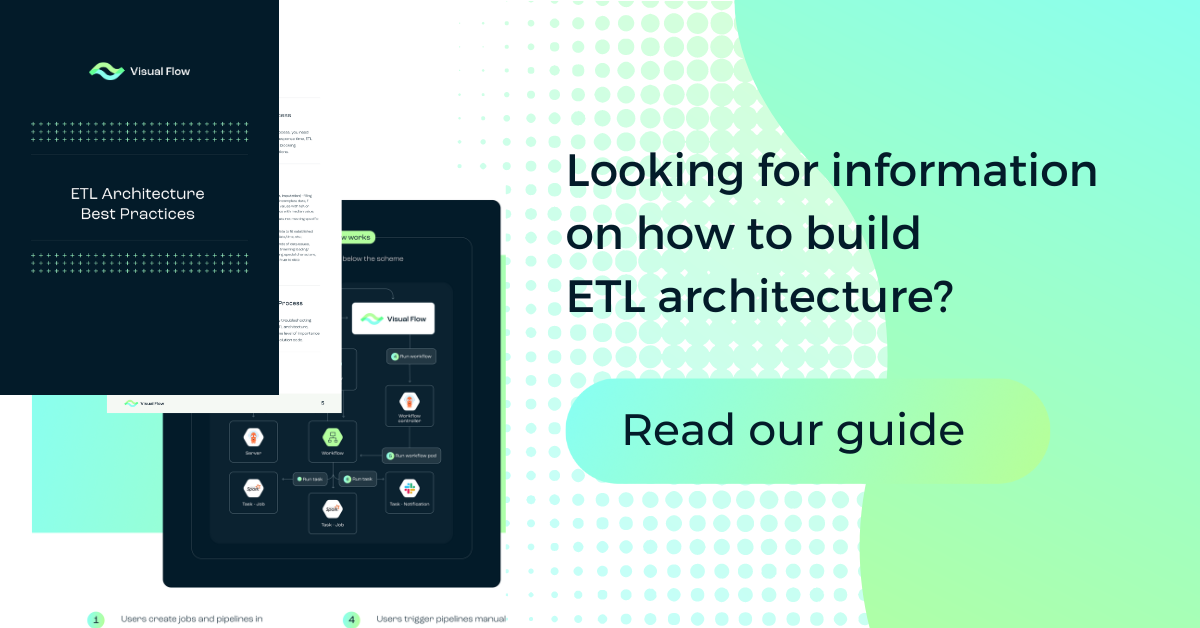Table of Content:
Table of Content:


Data extraction is the initial stage in the data integration process, yet it frequently gets overlooked. You must first collect your data from a range of sources before you can evaluate it or apply it practically.
These days, companies may get data from dozens, if not hundreds, of sources. For this reason, you should choose data extraction solutions that provide the connections you’ll need, both now and in the future. For instance, you may not be promoting on a certain advertising platform right now, but that could change.
This article will explain data extraction meaning and why it is important. Effective data management begins with mastering the “E” in ETL.

What is Data Extraction?
Data extraction is the process of collecting and transferring information from several sources to one location so that it may be stored and examined. These sources could run from SaaS platforms and specialized internal systems to databases and Excel spreadsheets. The data can be badly arranged, arrive in many forms, or even remain unstructured.
Data extraction aims to combine these scattered data in a centralized location — on-site, cloud-based, or a mix of the two — where it could be further used. Data warehouses like Snowflake, Databricks, and SQL Server often house centralized data repositories that provide further data processing and manipulation, including OLAP (online analytical processing). By the way, if you want to know more about how to optimize your ETL operations with Databricks, Visual Flow can help.
Consider the number of programs and tools your company runs across. Though it’s all separated and shut off from one another, everything from your customer relationship management (CRM) tools to your email marketing platform holds priceless data.
Well, it is without data extraction, transformation, and loading.
Accurate and timely data extraction supports your company to confidently make data-driven choices. Consolidating data from several sources into a single repository helps you to get a complete picture of your business practices and industry trends.
Extracted data, for instance, might be used by marketing teams to examine consumer behavior, preferences, and comments so they may create focused marketing plans that increase interaction and sales. Data extraction-derived consumer insights may similarly guide strategic planning, customer service enhancements, and product development.

What does extracting software mean in this case? Data extraction automation reduces the handwork needed to compile and analyze data. This automation accelerates the whole data preparation process and reduces mistakes connected with hand data entering.
Automation like this improves efficiency, boosts output, and frees up IT to concentrate on more strategic endeavors like creating new solutions and fine-tuning existing ones.
Using extraction tools helps you to consolidate your data into one trustworthy single source. Furthermore, it’s fast, accurate, and consistent, which helps you keep your data integrity throughout time.
How Data Extraction Works
Both the Extract, Load, Transform (ELT) and Extract, Transform, Load (ETL) approaches begin with data extraction. It compiles the most relevant data from many different sources to prepare the path for data transformation. So, how do you extract data?
Identifying Data Sources
Before identifying data sources, you should first find changes within them, spotting recently added, altered, or deleted new tables, columns, or records. Change detection guarantees always correct and current extracted data.
There are several ways to spot these changes, like reviewing database logs, tracking changes using timestamps, or employing change data capture (CDC) systems.
After the changes have been found, the next step is to choose which data to extract. Depending on parameters like date ranges, data kinds, or certain features, this selection procedure may include extracting complete datasets or choosing particular subsets of data. The data needs and objectives of the extraction process dictate the decision between selective and full extraction.

Extracting Data
You’ve pinpointed your data sources, and now it’s time to pull the information you need. Data extraction is obtaining data from its source and preparing it for use. The kind of data source will determine the data extraction techniques you decide upon:
- SQL queries (for databases) are used to get certain data from organized systems. It is possible to construct queries that obtain just the necessary rows and columns rather than full tables.
- API calls (for web services). APIs let you directly seek for certain data from platforms. For example, using the Twitter API allows you to get tweets during a certain period without requiring access to the whole data set.
- Web scraping tools (for websites). They may be used to immediately extract the required information straight from the HTML of websites in case they lack an API. Be careful to check the site’s terms of service, however.
- File processing technologies (for files and logs). Files such as CSVs or logs may be handled using Apache Flink or Python’s pandas library, which assists in neatly arranging and extracting the data.
- ETL tools (all-in-one solutions). Comprehensive technologies like Talend and Informatica manage loading and transformation operations in addition to data extraction.
Then, the data can be transformed and loaded into a destination source.

Data Transformation and Loading (ETL)
Turning the pertinent source data into a format fit for the target system comes next, after you have found and collected it. Depending on the needs of your project, it can include keeping the original format or transforming unstructured data into a structured one.
It may be as easy as manually entering data from handwritten papers into your target system to transform it from one format to another, or it may include more complicated tools and procedures like data wrangling.
For example, if you want to put the data into an Excel spreadsheet, it must first be structured into a table format with columns and rows before being analyzed. Conversely, with a NoSQL database, the raw data may have to be transformed into a JSON format.
Sometimes the taken data may not fit the destination system’s unique schema or structure. This happens often when processing or analysis that can handle unstructured forms has to be applied to the data, or when doing so would retain the original format.
Some usable formats are: SCV files containing structured data (inventory management, customer information, etc.), JSON files for storing complicated data structures, and XML files for data exchange across programs.

Types of Data Extraction Methods
There are three primary types of data extraction, and each is best suited to a certain set of needs and approaches to data management. Let’s take a deeper look at each type.
Full Extraction
In a full extraction, all data is retrieved straight from the source, without any modifications made to the data afterwards. See it as a one-time backup or copy. This simple approach loads the target system from the outset, which improves accuracy and completeness.
For first-time setup of a new system or renewing a whole database, full extraction is perfect. Compared to other data extraction techniques, it may be time-consuming and resource-intensive, but it reliably captures all data at a moment in time.

Incremental Extraction
If you’re using incremental extraction, it will only record data changes that have occurred since the last extraction. Because it lessens the amount of data transmitted, speeds up data processing, and eases the strain on network resources, this approach outperforms complete extraction.
For your destination, you may apply two forms of incremental extraction — also referred to as “incremental load”:
- Batch. Creates predetermined interval chunks of data changes.
- Stream. Allows real-time data updates by capturing changes almost instantly.
Where system efficiency is a top concern and frequent data changes are present, the streaming technique is especially helpful.

API-Based Extraction
Data may be programmatically extracted from sources, such as databases, documents, and websites, via API-based extraction. It’s a standard way for apps to receive certain data. Through the use of API requests and responses, you can systematically access and extract data from several sources. Web scraping APIs, text extraction APIs, visual techniques, database extraction APIs, and email extraction APIs are the most popular types.
These APIs provide tools for making inquiries to target sources, processing acquired data, and extracting pertinent information depending on preset criteria. Developers may easily add data extraction capabilities to their programs, automate monotonous activities, and get insightful analysis through data extraction APIs.

Popular Data Extraction Tools
There are many forms and sizes for data extraction tools, hence not every solution will match your company. Batch processing tools, open-source tools, and cloud-based tools are a few of the many kinds of data extraction solutions. Well, what does extracting software mean?
- Batch processing tools. It is common practice to plan batch processing processes that extract huge amounts of data during off-hours to decrease system burden. These extractor tools work best in situations where data can be handled in large quantities and is not required instantly.
- Open-source tools. Organizations with limited finances and high IT capability often use open-source data extraction technologies. While these tools are very customizable and have strong community backing, they do need a certain degree of skill to set up and keep running.
- Cloud-based tools. The newest generation of data management systems, which include automation, scalability, and security, are represented by cloud-based data extraction tools. Usually included with a more complete cloud ETL solution, these technologies provide a flawless connection with analytics systems and data warehousing.
Some of the best data extractors include Visual Flow with its data engineering and consulting services, Airbyte, Talend, Matillion, Integrate.io, Hevo Data, Stitch, Fivetran, Improvado, and Informatica.

Examples of Data Extraction in Business
The method of data extraction is essential in many different fields and uses. Pulling certain bits of data from a variety of sources helps businesses to better grasp and maximize corporate operations. Some real-world extraction business examples are as follows:
- From databases for business analytics. Companies often get information from their databases to conduct in-depth analyses and generate reports for business analytics. To better customize marketing plans and increase customer involvement, a marketing team could, for example, gather consumer data to grasp purchase patterns and preferences.
- Web scraping for competitive analytics. It’s a typical technique for obtaining data from online sites. Such online data extraction methods are often used to collect rival website price information, product descriptions, and customer reviews. In retail and e-commerce, this information guides strategic planning and competitive study.
- Social media insights. Data extraction from social media sites, such as Twitter or Facebook, helps businesses to evaluate consumer sentiment, track brand mentions, and instantly address customer comments. Managing campaigns for marketing, public relations, and customer support relies on this data extraction strategy.
- IoT data for operational efficiency. In sectors like manufacturing, gathering data from IoT devices like sensors and smart meters delivers vital operational insights and efficiencies. Extraction of operational data from sensors in a manufacturing facility, for instance, helps monitor production statistics, forecast maintenance requirements, and maximize resource allocation.
- Using APIs for data integration. Extraction of data from external sources depends much on APIs. API-driven data extraction helps businesses to integrate and evaluate data across systems, thereby improving operations in financial management, inventory control, and customer relationship management.
This is how your strategically planned data extraction system turns unprocessed data into insightful analysis in many different fields.
Best Practices for Efficient Data Extraction
These are some recommended practices for data extraction:

Ensure Data Quality
Use validation checks throughout the extraction process to find and manage missing or erroneous data. Data integrity and compliance with established guidelines may be checked as part of this.
As part of your data extraction strategy, you should handle data purification chores like standardizing data values, removing duplicates, and formatting problem corrections. Before running over the whole dataset, think about verifying the correctness and quality of data by means of data sampling strategies.
Save metadata on the combined data, including source, extraction date, and any changes made, as metadata supports data lineage and auditing.

Use Automation Tools
Apart from its time-consuming nature, manually pulling data is prone to human mistakes. Automation tools speed up, more precisely handle, and greatly simplify this procedure.
Automating repeated chores greatly lowers the possibility of manual errors. Talend, Apache NiFi, and Informatica are just a few examples of tools that can effectively manage large datasets, allowing businesses to save countless hours of labor.
Automating extraction at predetermined intervals guarantees data is constantly current without human involvement. Also, many automation technologies extract, clean, convert, and load data in one continuous flow, as well as other aspects.
Automation is a make-or-break decision for companies that deal with massive amounts of data since it saves time and ensures accuracy.

Regularly Monitor Data
Data must be constantly watched and maintained to guarantee long-term dependability even after extraction. Outdated sources, format changes, or failures in upstream systems may all quietly throw off your extraction process. Frequent monitoring lets you find these issues before they become more severe.
For example, your pipelines might change depending on data structure, formats, or APIs. Watch any changes from your source systems. Combine monitoring systems to instantly report problems, such as missing fields, unusual values, or unsuccessful extractions.
Determine if your extracted information satisfies downstream applications and how frequently it is being utilized. Make notes on changes to the extraction procedures to record what has been changed and why.
Being proactive helps you to make sure that over time, your extracted information stays accurate, comprehensive, and available for analysis.

Conclusion: The Role of Data Extraction in Modern Data Management
Data-driven decisions start with data extraction. Accurate and quick data access helps companies make choices, spot trends, react to changing market circumstances, and stay competitive.

Companies that properly use data extraction methods develop a competitive advantage. They may examine facts, streamline processes, grasp consumer behavior, and customize their plans to satisfy their clients’ needs.
Contact us































































